How to restore a 180-year-old Qing Dynasty compound with your own money
The recent history of building restoration and preservation in China is often a grim affair, rife with examples of ham-handed attempts to burnish delicate artwork and wholesale destruction of historically important buildings to make room for new apartment complexes.
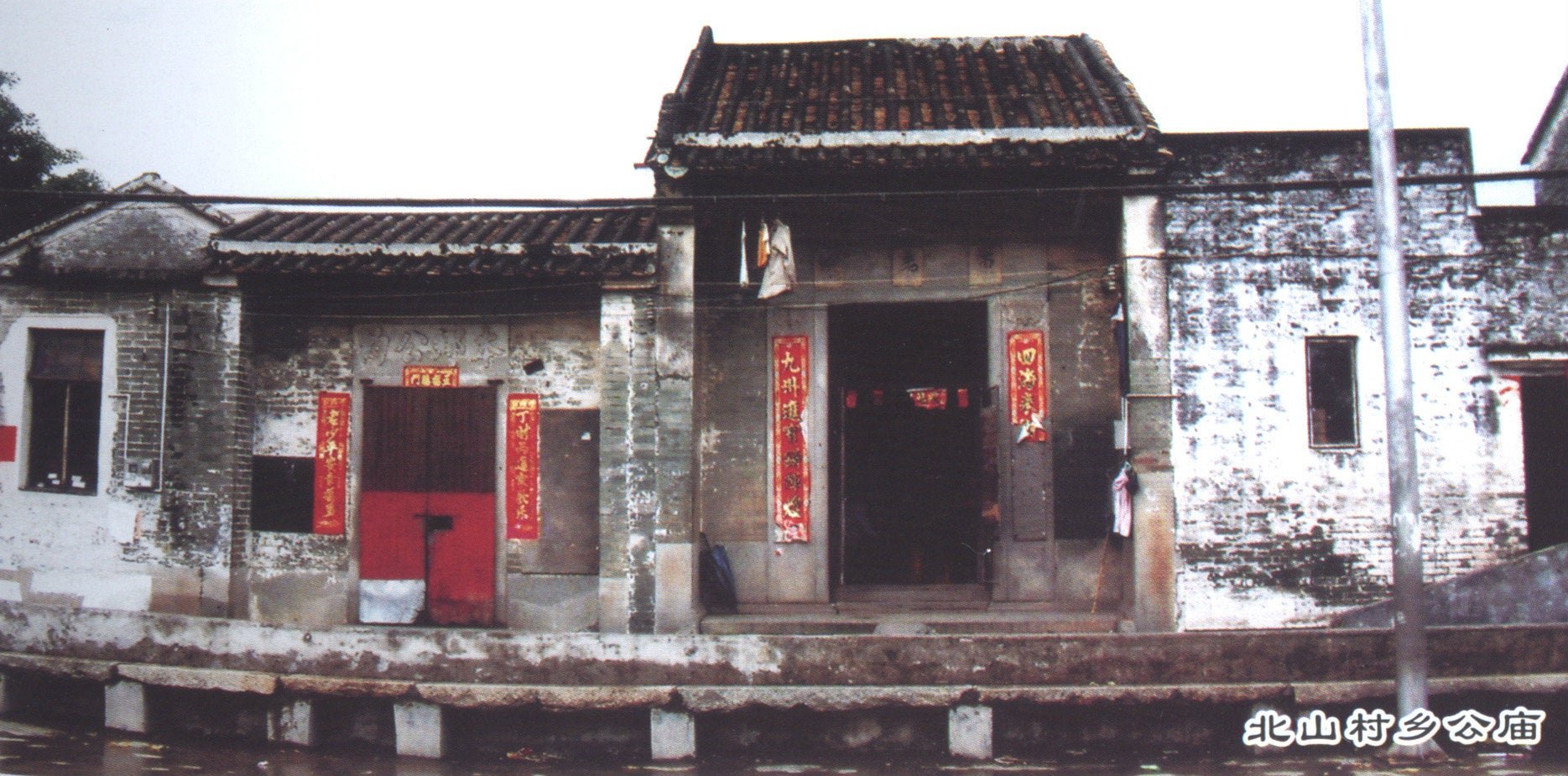

The recent history of building restoration and preservation in China is often a grim affair, rife with examples of ham-handed attempts to burnish delicate artwork and wholesale destruction of historically important buildings to make room for new apartment complexes.
But near the coastal city of Zhuhai, which has declared itself a “national pioneer” of conservation culture, two private businessmen have funded a different sort of renovation altogether. Simone Xue and his brother Justin, who built a chain of English-language schools, invested some 2.5 million renminbi (about $411,000) of their own cash and spent more than two years to renovate a massive hall, temple and theater complex in a small village of winding lanes called Beishan. Together with a band of older craftsmen, the brothers restored the once-dilapidated Qing Dynasty buildings that date back 180 years to their former glory, and the site now hosts artists, music festivals, education and dance.
The theater, with its soaring beamed ceiling, was the center of a recent jazz festival that drew 3,500 people.
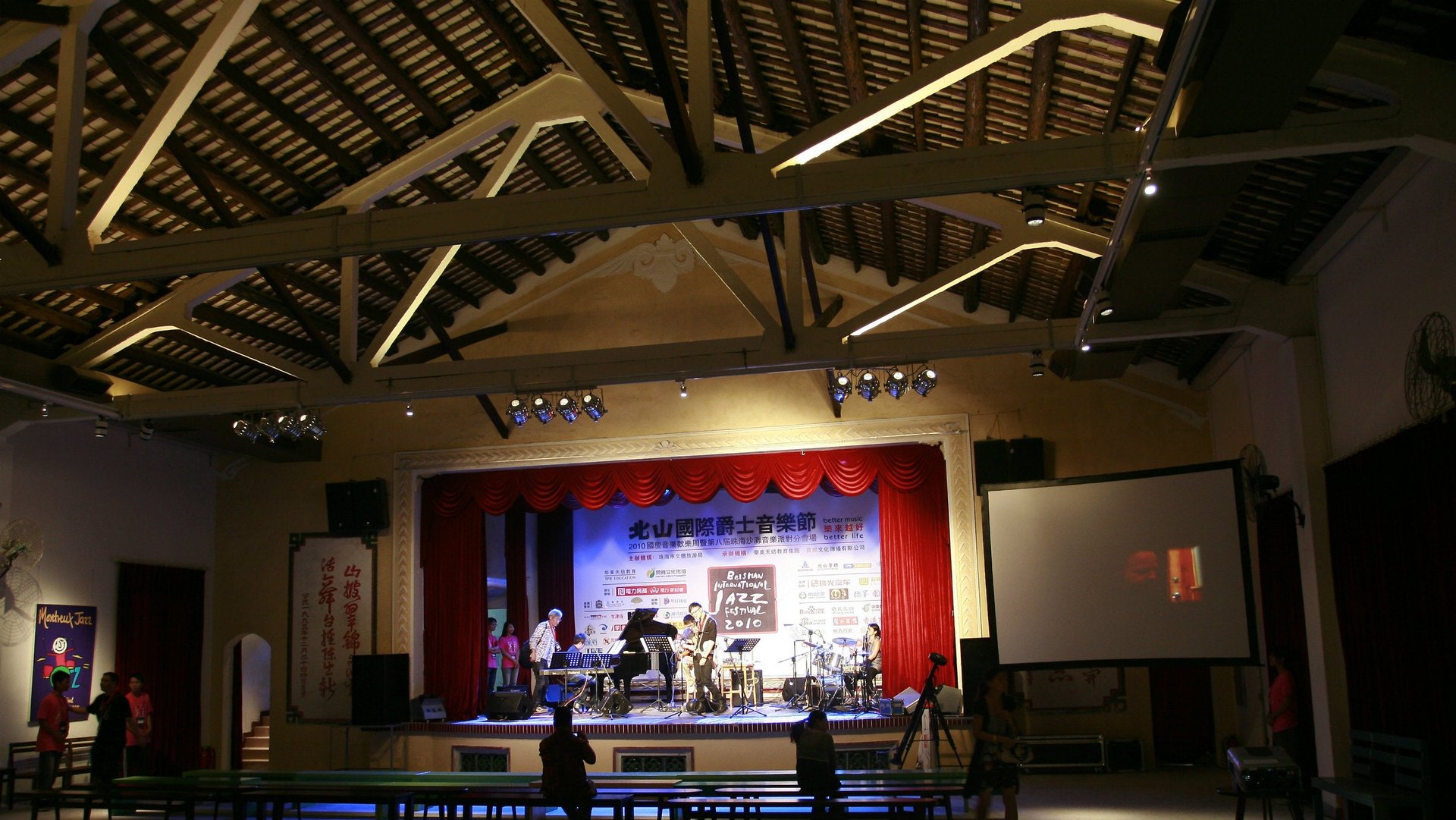
Features like European-inspired stained glass, a nod to the influence of nearby Macau, which was controlled by the Portuguese for hundreds of years, have been faithfully restored.
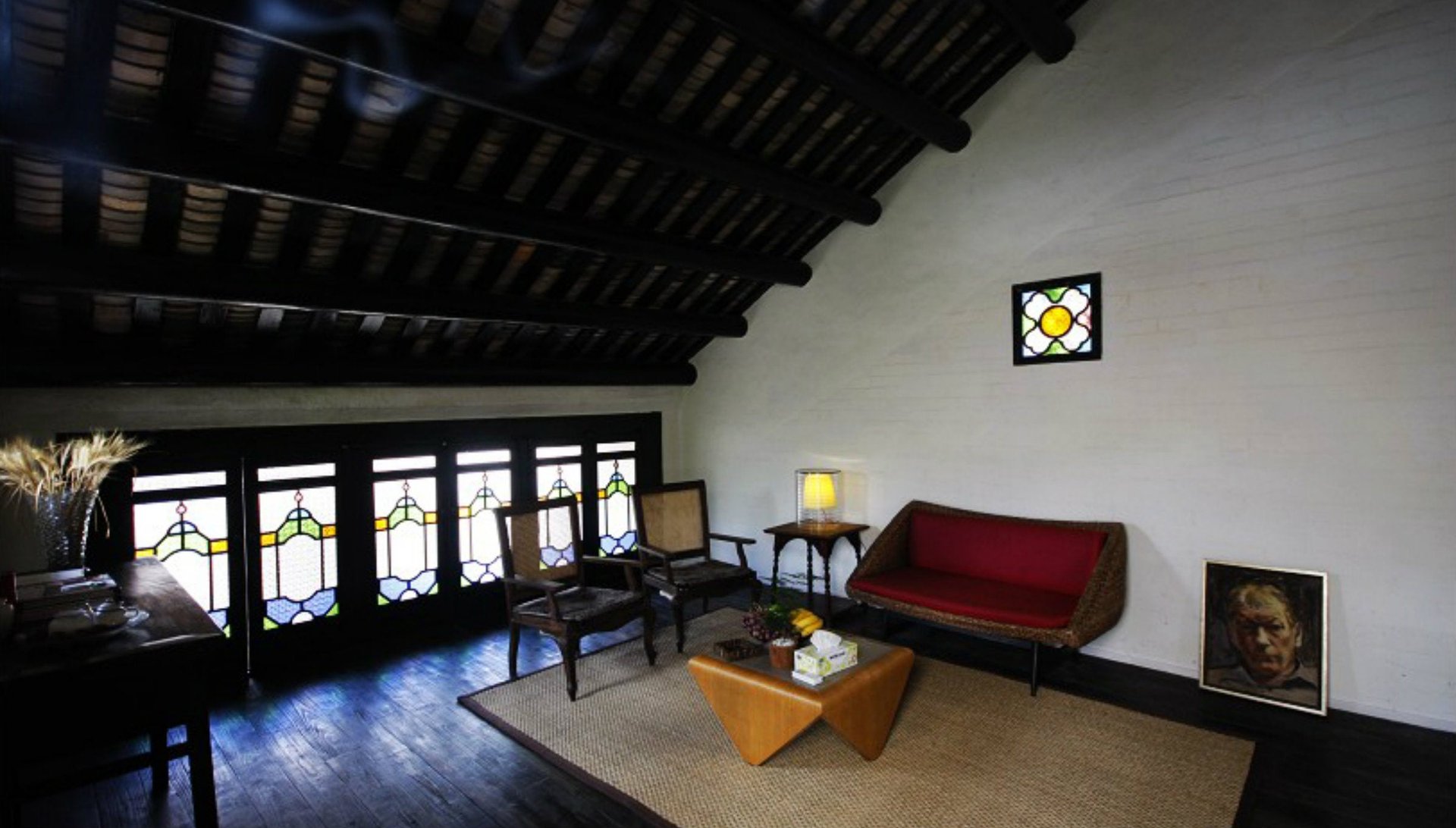
In China, its easy to think that “no one cares about the past or traditional culture,” Xue said as he gave a tour, something he attributes to the Cultural Revolution and the country’s fast growth in recent years. He and his brother are hoping to “become a good example for the area and the city,” he said. “We believe the past is part of our future.”
The courtyard is cobbled with tiles salvaged from the roof.
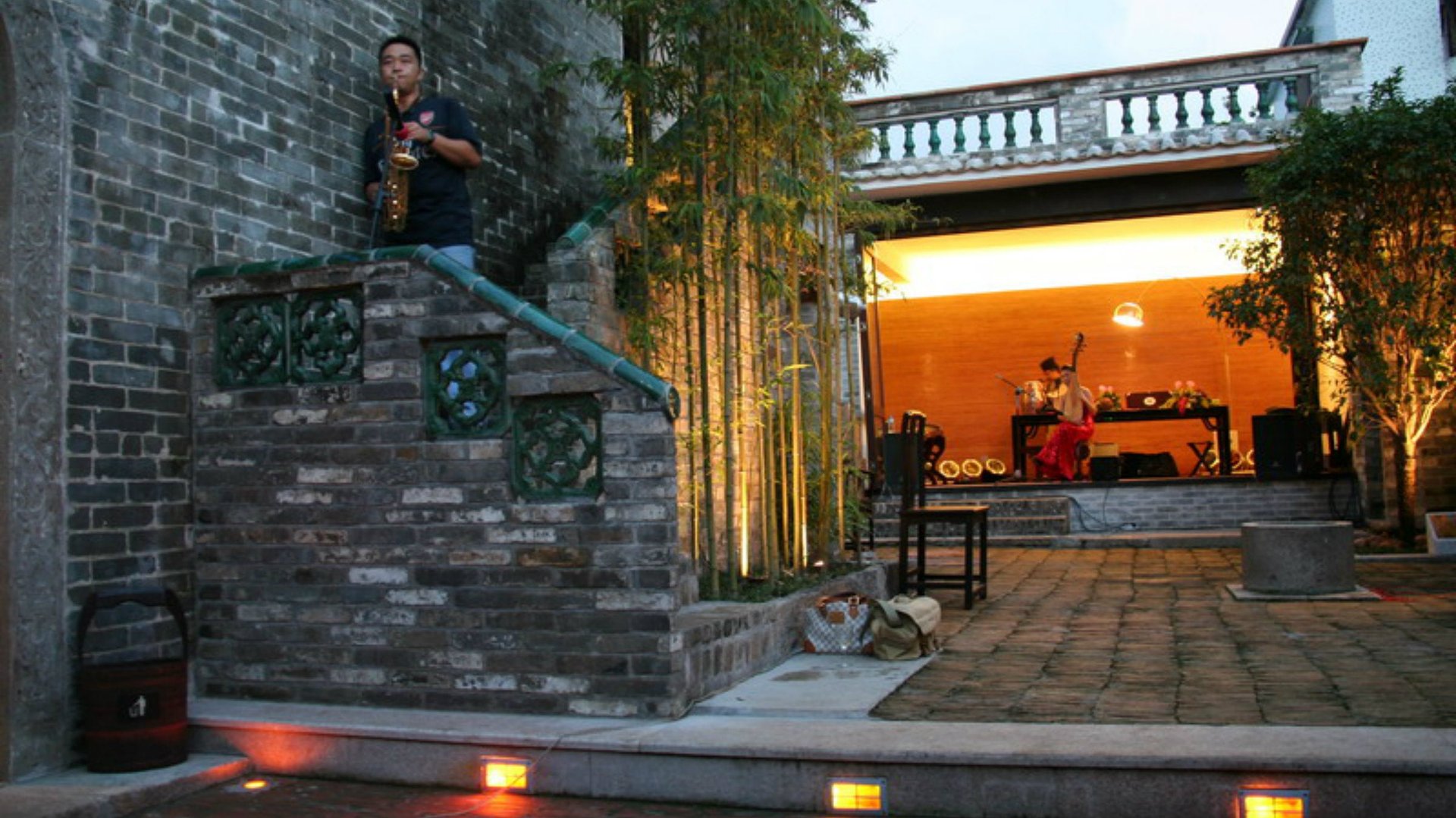
The project was originally the brainchild of their father, a military artist named Xue Yihan, although it wasn’t until he died that they started working on it in earnest. “Before, I thought ‘Why would I want to spend so much money, the government should be spending this,'” Xue said. But after his father died, he and his brother decided to “make it happen.”
The complex, when they started, had been largely abandoned.

They took out a twenty-year lease from the government and toured Macau and other nearby cities, looking for similar buildings and seeking experts in Qing Dynasty building techniques. These experts were difficult to find, Xue recalls. Young people didn’t know anything about old building styles, he recalls. Eventually, they found a handful of men in the countryside, he said, who knew the traditional way of building. “They were very slow, and very focused,” he said. While renovating or making changes to historic buildings outside China often comes with a trove of red tape, there was no building permit or historical society permission to apply for to renovate in Beishan.
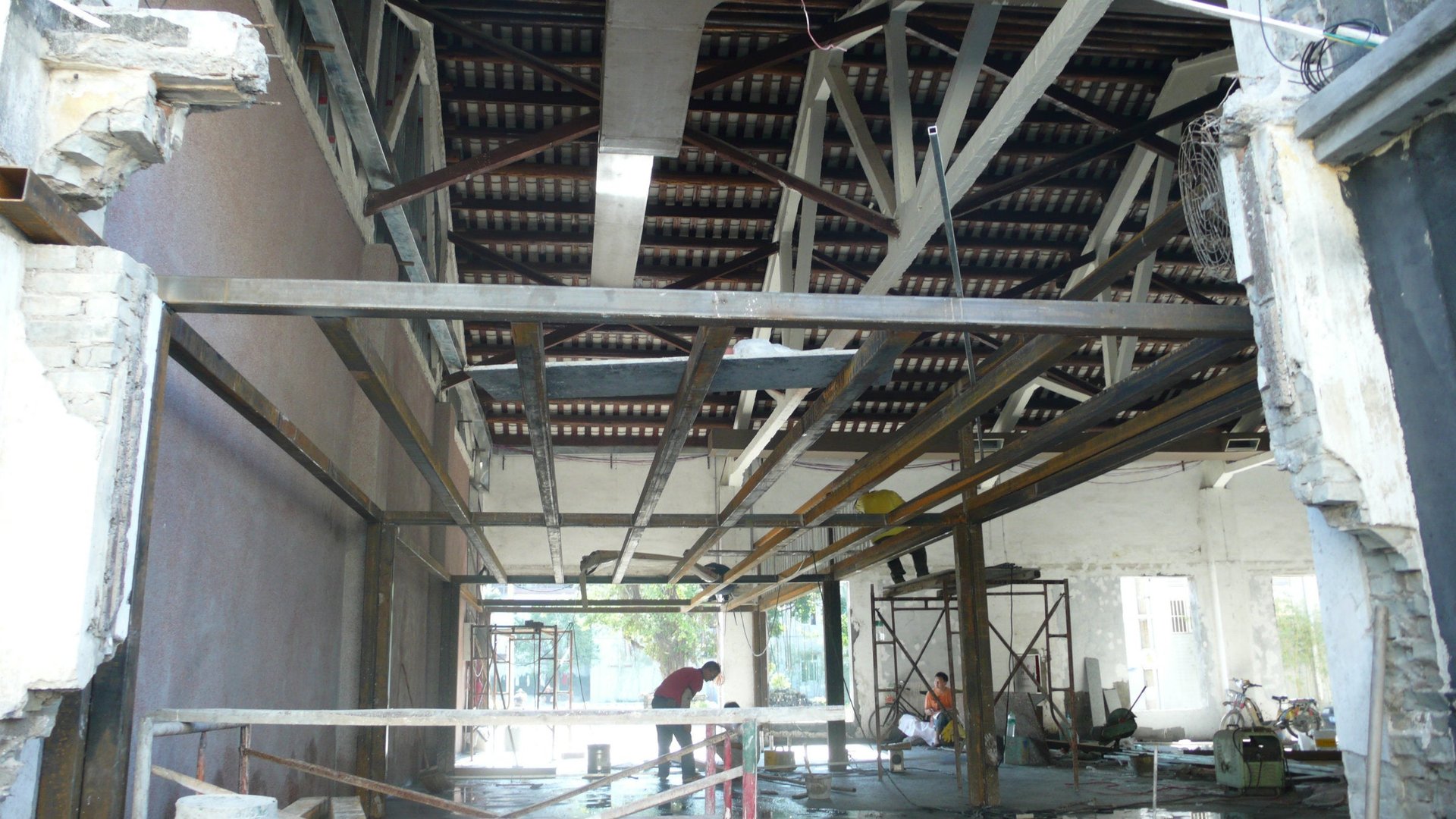
Renovating the complex included scouring the nearby villages for furniture and finishing touches from the time period, and several periods of quiet contemplation, when Xue said he would sit in the courtyard, close his eyes and try to imagine what the buildings had been like when they were first built.
So far, despite several high-profile music festivals and a steady roster of performances, the complex is not making a profit, Xue said. But he’s certain that it has helped inspire local government conservation efforts, including a recent drive to identify historical buildings and prevent them from demolition around Zhuhai.
Now across a large, open square from the theater, hammers ring out well after dark. Another group of new investors, inspired by the Beishan project, are restoring another historic local building with Portuguese-style colored glass windows. Their focus on profits is a little more direct—they’re building the “Weimar,” a multi-story bar.
Jennifer Chiu contributed reporting.